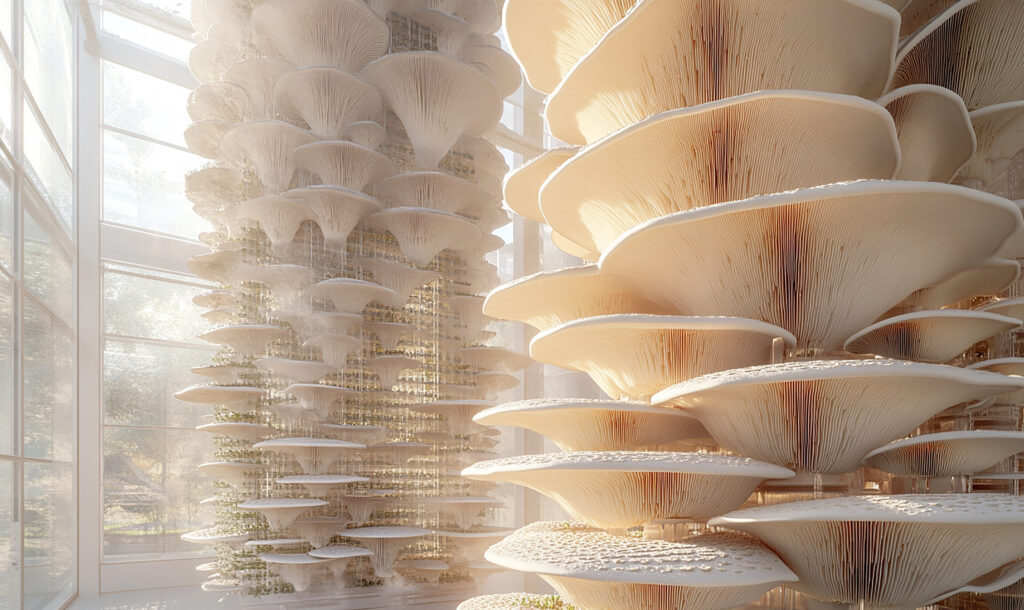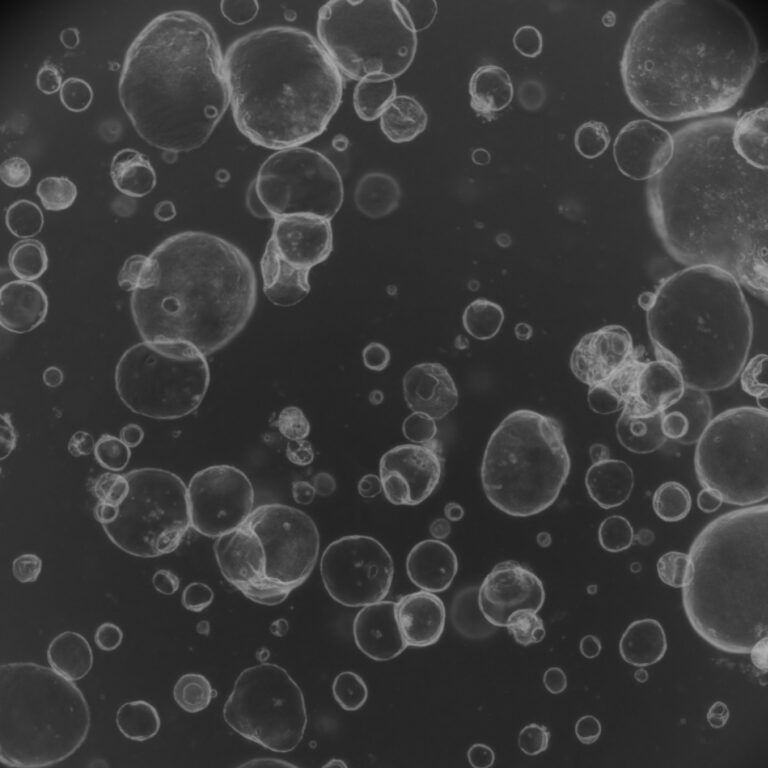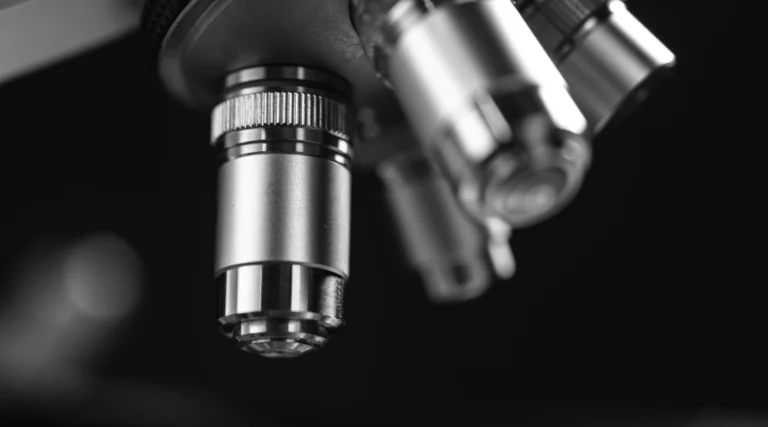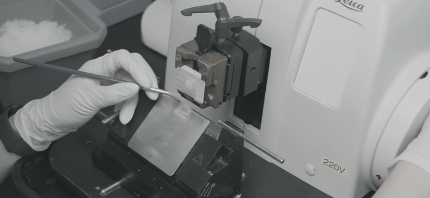Imagine buildings that grow rather than get built – walls that breathe, repair themselves, and eventually return to earth as nutrients. This is mycelium architecture, where underground fungal networks are being cultivated into structures that challenge everything we know about construction.
In June 2024, NASA awarded $2 million to its Mycotecture Off Planet project, advancing research to help astronauts literally grow homes on Mars and the Moon. The concept is elegant: astronauts bring compact structures embedded with dormant fungi, add water upon arrival, and watch their habitat expand around a basic framework. The material is lightweight, fire-retardant, and remarkably strong – pound for pound, mycelium can outperform concrete. NASA’s prototypes using *Ganoderma lucidum* mushrooms have demonstrated potential for water filtration, bioluminescent lighting, and even self-repair.

image: freepik
Back on Earth, Newcastle University unveiled “The Growing Room” in February 2024 – the UK’s largest mycelium knit architecture. Their BioKnit project knits wool into three-dimensional scaffolds, injects mycelium paste, and lets nature do the rest. The fungi grow through the fabric, transforming soft textiles into rigid biocomposites without joints or weak points. Most intriguingly, the mycelium isn’t killed but dehydrated – meaning structures could theoretically self-repair if reactivated.
The applications span from luxury to social impact. MycoWorks’ Reishi appeared in Jeanne Gang’s Populus Hotel in Denver at ICFF 2025, while designer Côme Di Meglio created acoustically resonant installations at Maison Ruinart in France. In Namibia, Mycohab uses NASA techniques to produce both gourmet mushrooms and building materials from invasive bushes, constructing Africa’s first mycelium house while addressing food security and environmental restoration simultaneously.
Mycelium architecture represents more than sustainable building – it’s a philosophical shift from extraction to cultivation, from permanence to biodegradability, from buildings as objects to buildings as living systems. As NASA enters Phase III development for space testing and researchers refine earthbound applications, one question emerges: Can buildings grow, heal, and ultimately feed the next generation? In laboratories where mycelium spreads through knitted wool and Mars simulators where fungal spores awaken in alien soil, the answer appears to be yes.
Read more:
- NASA Advances Research to Grow Habitats in Space from Fungi
- Architecture formed of fungal mycelium is growing in Newcastle
- Cultivating mushrooms to build housing on Earth, the Moon, and Mars




